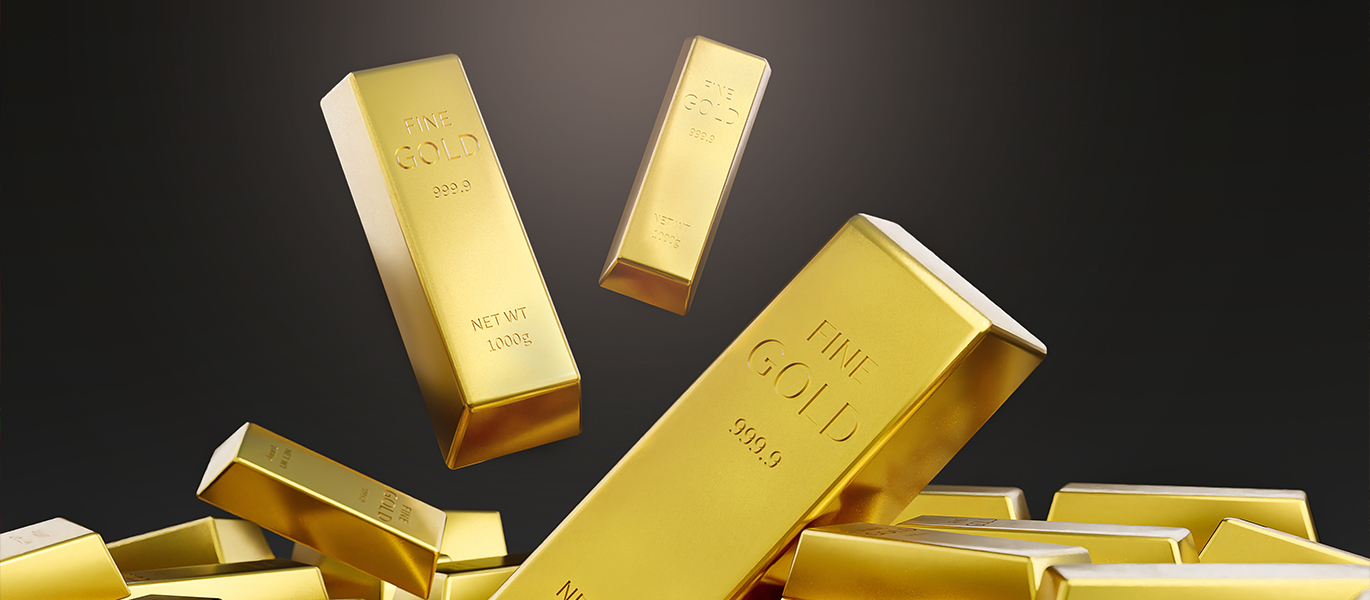
As an educator, I have traveled to many countries and trained thousands of traders around the world. What they all have in common is their love for Gold and perhaps the Eurodollar. Gold has always been valuable for its investment potential, aesthetic appeal, rarity, and durability. As a precious metal, Gold is popular among portfolio diversifiers and inflation hedgers. Trading Gold can be profitable but requires understanding the market and its movements. This article will outline essential strategies and considerations for trading Gold. So, sit back and enjoy!
History
Mentions of gold date back to 5000 – 3000 BCE in one of the most ancient cities of Mesopotamia the city of Ur where Gold was mainly used for jewelry such as hair ribbons, bracelets, earrings and decorations on crowns and ornaments. Gold was considered a symbol of wealth and power and was usually worn by people of elite status, including kings and queens. Later on, Gold was used in trade and became more widely used as a medium of exchange and an asset that maintains its value.
Understanding the Gold Market
Gold is typically traded through financial and commodity markets, online brokers, banks and dealers. Physical Gold in bars and ingots of 99.5% purity is an investment choice as it maintains its value relative to other means of investment. Of course, owning physical gold comes with additional requirements as storage and insurance which may add to the cost. Alternatively investors may choose to trade Gold Exchange Traded Funds, mutual funds, gold-related stocks and futures contracts. Various factors influence gold prices, including economic indicators, geopolitical events, and supply and demand.
Economic Indicators
Gold prices are often tied to economic indicators such as inflation, interest rates, and the strength of the US dollar. Gold performs well when interest rates are low, becoming more attractive as an alternative investment to cash. Inflation can also drive up gold prices as investors look to hedge against rising prices. During inflationary periods where the value of the dollar weakens, investors may opt to buy gold in an attempt to preserve their purchasing power. Additionally, a weaker US dollar can increase the price of Gold as it becomes less expensive for foreign investors to buy.
Geopolitical Events
Geopolitical events may also have a significant impact on gold prices. Uncertainty and instability can cause investors to seek the safety of Gold, driving up prices. For example, gold prices tend to rise during political turmoil or war as many investors consider the yellow precious metal as safe haven.
Supply and Demand
Finally, supply and demand can also influence gold prices. As the supply of Gold becomes scarcer, prices tend to rise. Conversely, as demand for gold decreases, prices tend to fall. This makes it important to keep an eye on global mining output and trends in jewelry demand.
Trading Strategies
Once you understand the gold market, you can develop your trading strategy. Here are a few key approaches to consider:
Technical Analysis
Technical analysis involves charts and other technical tools to analyze price movements and identify trends. Hence, traders can identify the direction of gold prices, determine opportunities to buy/sell and make informed decisions. While there are many popular technical indicators out there including moving averages, Bollinger Bands, and the relative strength index (RSI), the most important indicators to consider is the trend and the price itself. Technical analysis includes fundamental analysis and price. Additionally, the price chart reflects the crowd sentiment and the impact of the economic news and indicators.
Fundamental Analysis
Fundamental analysis involves examining economic indicators and other factors influencing gold prices. This includes, inflation, interest rates and the US dollar index to name a few. Also, keeping up with the geopolitical happenings around the world is crucial to help traders predict future price movements and decide when to enter or exit trades.
Diversification
Diversification is vital in any investment portfolio, and Gold is no exception. By diversifying your investments, you can reduce risk and increase the likelihood of long-term profitability. This can be accomplished by investing in various assets, including stocks, bonds, and commodities like Gold.
Conclusion
Trading gold can be profitable for those with a solid understanding of the market and its movements. By paying attention to economic indicators, geopolitical events, and supply and demand, traders are able to determine the best time to buy and sell gold. Additionally, technical and fundamental analysis and diversification strategies can help traders reduce risk and increase their chances of long-term success.

